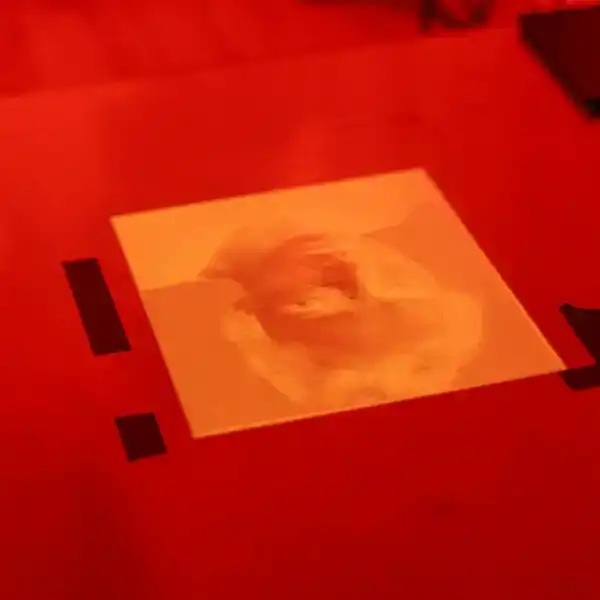
Unleashing the Power of Color Negatives: A Non-Destructive Curves Adjustment Guide
Have you ever wanted to give your photos a unique, vintage look? Color negatives, often used in film photography, can achieve that nostalgic feel, but they also offer a powerful tool for enhancing images in digital photography. This article will guide you through applying a non-destructive color negative curves adjustment to your images, unlocking a world of creative possibilities.
Understanding Curves Adjustments
Curves adjustments are a fundamental tool in image editing that allow for precise control over the tonal range of your image. They work by manipulating the relationship between the input (the original pixel values) and the output (the adjusted pixel values).
The Importance of Non-Destructive Editing
Non-destructive editing ensures that you are not permanently altering your original image. This gives you the freedom to experiment, tweak your adjustments, and even revert back to the original image at any time.
Exploring the Color Negative (RGB) Preset
The "Color Negative (RGB)" preset within a curves adjustment tool like Photoshop or GIMP, provides a shortcut to achieving that classic, negative-like effect.
Here's how it works:
- Open your image: Start by opening the image you want to edit in your preferred image editing software.
- Access the Curves Adjustment: Find the curves adjustment tool, which is usually located in the Adjustments menu or as a separate panel.
- Apply the Color Negative (RGB) Preset: Look for the "Color Negative (RGB)" preset within the curves adjustment tool. This preset will invert the image colors, creating a negative-like appearance.
Fine-Tuning for Perfection
While the "Color Negative (RGB)" preset provides a good starting point, you can further refine the effect by adjusting the individual color channels (Red, Green, and Blue) within the curves adjustment.
Here's a breakdown of each color channel:
- Red Channel: Controls the red tones in your image. Increasing the red channel can intensify red colors, while decreasing it can make them appear more muted.
- Green Channel: Controls the green tones in your image. Similar to the red channel, you can adjust green tones to create a specific mood.
- Blue Channel: Controls the blue tones in your image. Adjusting the blue channel can enhance or subdue blues in your image.
Practical Applications
The "Color Negative (RGB)" preset and subsequent adjustments can be used for various purposes, including:
- Vintage Aesthetics: Achieve a nostalgic and vintage look for portraits, landscapes, and other photographic genres.
- High-Contrast Effects: Emphasize the contrast and detail in your images, particularly for black and white conversions.
- Artistic Expression: Experiment with different color combinations and adjustments to create unique and visually striking images.
Examples of Use
- Portrait: Applying a color negative effect to a portrait can create a vintage, film-like look.
- Landscape: The color negative effect can enhance the colors and contrast in a landscape image, making it appear more dramatic and vibrant.
- Urban Photography: Color negatives can create a grunge aesthetic for cityscapes, highlighting textures and details.
Additional Tips
- Layer Masks: Use layer masks to selectively apply the color negative effect to specific areas of your image.
- Blending Modes: Experiment with different blending modes to control the opacity and interaction between the curves adjustment and the original image.
- Other Adjustments: Combine the color negative effect with other adjustments, such as brightness, contrast, and saturation, for further customization.
Conclusion
By mastering the "Color Negative (RGB)" preset within curves adjustments, you can unlock a powerful set of creative tools for enhancing your images. Experiment, adjust, and explore the possibilities of this versatile technique to bring your photographic vision to life.